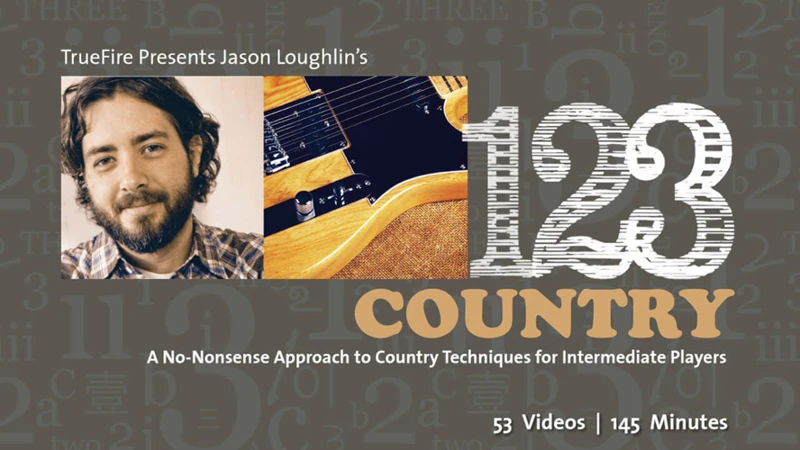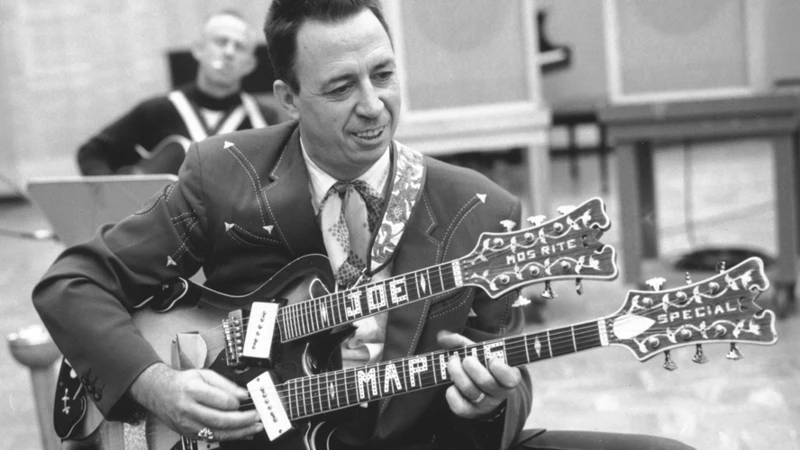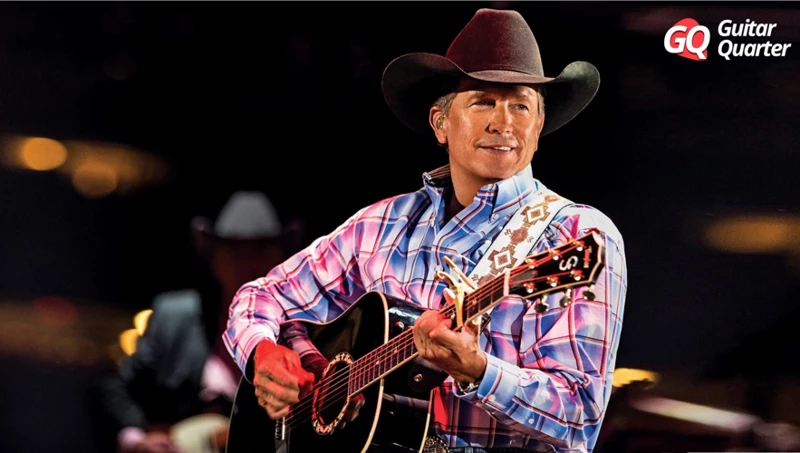Country music is known for its distinctive sound, often characterized by twangy guitars and heartfelt lyrics. One of the key elements that sets country music apart from other genres is the use of specific guitar techniques that help create that unmistakable country sound. In this article, we will explore some essential country guitar techniques that every aspiring country guitarist should master.
Hybrid Picking
Hybrid picking is a technique commonly used in country music that involves using both the pick and fingers to pluck the strings. This technique allows guitarists to play intricate patterns and achieve a more dynamic and nuanced sound. By combining the precision of a pick with the dexterity of the fingers, players can create fast and fluid arpeggios, melodic lines, and chicken pickin’ licks that are synonymous with country music.
How to Practice Hybrid Picking
To practice hybrid picking, start by holding the pick between your thumb and index finger and use your middle and ring fingers to pluck the strings. Begin with simple exercises like playing alternating bass notes with your pick and plucking the higher strings with your fingers. Gradually increase the complexity of your patterns and incorporate hybrid picking into your playing style.
Chicken Pickin’
Chicken pickin’ is a signature country guitar technique that mimics the sound of a chicken clucking. This technique involves using a combination of plucking and muting to create a sharp and percussive sound that cuts through the mix. Chicken pickin’ is often used in country solos to add flair and personality to the music.
Tips for Mastering Chicken Pickin’
To master chicken pickin’, focus on muting the strings with your picking hand while plucking with your fingers to create a staccato effect. Practice playing short, snappy notes with a combination of pick and fingers to develop speed and precision. Experiment with different muting techniques to achieve the classic chicken pickin’ sound.
Bending and Vibrato
Bending and vibrato are essential techniques in country guitar playing that add emotion and expressiveness to your music. Bending involves pushing or pulling a string to raise its pitch, while vibrato involves subtly oscillating the pitch of a note to add texture and feeling. These techniques are commonly used in country music to infuse melodies with character and soul.
Techniques for Perfecting Bending and Vibrato
To perfect your bending technique, practice bending the notes with control and accuracy. Start by bending a half step and gradually work your way up to full step bends. Focus on bending the string with your fingertips rather than your wrist to achieve a smooth and consistent pitch change. For vibrato, experiment with different speeds and widths to find a style that suits your playing.
Slide Guitar
Slide guitar is a technique where a guitarist uses a slide, typically made of glass or metal, to glide along the strings and create smooth and fluid transitions between notes. In country music, slide guitar is often used to evoke the sound of pedal steel guitar and add a touch of twang to the music. Slide guitar can be played in standard or open tunings, allowing for a wide range of sonic possibilities.
Tips for Playing Slide Guitar
When playing slide guitar, ensure that the slide is in contact with the strings at all times to produce clear and sustained notes. Experiment with different slide positions and pressures to achieve different tones and effects. Practice sliding smoothly between notes and pay attention to intonation to ensure that your playing is in tune.
Fingerstyle Picking
Fingerstyle picking is a versatile technique that involves plucking the strings with your fingers rather than a pick. This technique allows guitarists to play intricate patterns, arpeggios, and bass lines simultaneously, creating a rich and full sound. Fingerstyle picking is commonly used in country music to accompany vocals or as a solo guitar piece.
Developing Fingerstyle Picking Technique
To develop your fingerstyle picking technique, start by assigning each finger to a specific string and practice playing simple patterns like Travis picking. Focus on maintaining a steady rhythm and alternating bass notes with melody lines to create a cohesive sound. Experiment with different finger combinations and patterns to expand your repertoire and enhance your fingerstyle playing.
Double Stops and Triple Stops
Double stops and triple stops are techniques where a guitarist plays two or three notes simultaneously to create harmonies and add depth to their playing. In country music, double stops and triple stops are often used in solos and licks to embellish melodies and create a fuller sound. These techniques can be played using a combination of pick and fingers or solely with the pick for a more aggressive sound.
Using Double Stops and Triple Stops Effectively
To use double stops and triple stops effectively, experiment with different intervals and positions on the fretboard to find harmonies that complement the underlying chord progression. Practice incorporating double stops and triple stops into your solos and licks to add color and interest to your playing. Focus on muting unwanted strings to ensure that each note rings out clearly.
Flatpicking
Flatpicking is a technique where a guitarist uses a flat pick to play fast and precise single-note lines. This technique is commonly used in country music to create driving rhythms and energetic solos. Flatpicking requires a strong sense of timing and accuracy, making it essential for country guitarists looking to add speed and intensity to their playing.
Tips for Mastering Flatpicking
To master flatpicking, start by holding the pick between your thumb and index finger and practice playing single-note lines with a metronome to develop your timing. Focus on using alternate picking to play quickly and efficiently, moving the pick in an up-and-down motion across the strings. Experiment with different pick angles and pressures to achieve a clean and articulate sound.
Looking to improve your country guitar playing? Explore our articles on sliding techniques, choosing the right strings, evolution of country guitar, country music guitar styles, and electric guitar techniques for country guitarists to enhance your skills and knowledge in the world of country music!
Conclusion
Mastering country guitar techniques takes time, dedication, and practice, but the rewards are well worth the effort. By incorporating hybrid picking, chicken pickin’, bending and vibrato, slide guitar, fingerstyle picking, double stops and triple stops, and flatpicking into your playing, you can capture the essence of country music and create your own unique sound. Whether you’re a beginner or an experienced guitarist, exploring these techniques will elevate your playing and help you stand out in the world of country music. So grab your guitar, start practicing, and unleash the twangy goodness of country guitar techniques!




